One of the most promising features of sustainable IoT solutions is the use of wireless and battery-free sensors
The rapid evolution of the Internet of Things (IoT) is transforming the way we live and work. It offers businesses opportunities to become more efficient, productive, and environmentally responsible. Buildings play a significant role in global CO2 emissions. IoT technology is the key to reducing their carbon footprint.
One of the most promising features of sustainable IoT solutions is the use of wireless and battery-free sensors. These sensors can be easily installed using a “Peel & Stick” approach and monitor real-time data various parameters. This data is then utilized to optimize building systems like lighting, HVAC, and security, reducing energy consumption and improving comfort.
How Building Tenants Can Benefit from Sustainable IoT Solutions
IoT solutions can help building tenants and their facility managers transform buildings into more sustainable versions. By installing IoT sensors and devices throughout the building, real-time data on various aspects of building performance is collected. This data includes temperature, humidity, air quality, ventilation, energy usage, and occupancy. This data is analyzed and used to make informed decisions to optimize building performance. Examples are: adjusting temperature and lighting settings, identifying and addressing maintenance issues, and improving energy efficiency. IoT also helps in recognizing patterns and trends over time. This allows building managers to make more strategic decisions about long-term maintenance and upgrades. Furthermore, sensor-based solutions provide facility managers with remote access to building controls and systems. They are able to monitor and adjust building performance from anywhere, reducing response times and costly on-site visits. In conclusion, facility managers can now optimize building operations, reduce costs, and enhance the comfort and productivity of occupants and employees.
Wireless sensors for a more productive work environment
Wireless sensors, for example, detect room occupancy and adjust lighting accordingly, reducing energy consumption while creating a more pleasant and productive work environment. Similarly, sensors in HVAC systems are monitor temperature and humidity and adjust settings based on occupancy. This reduces energy waste, and improves air quality.
Another strong application of sustainable IoT solutions with a high ROI is in new work models like desk sharing. Using wireless sensors to monitor desk occupancy, companies are ensuring efficient use of office space, reducing the need for additional offices. Moreover, sustainable IoT solutions allow more informed decisions about the utilization of the building and enhance security. They use sensors to monitor and control building access, ensuring only authorized personnel have access.
Smart Servers – A Game Changer
Smart servers are revolutionizing building management by enabling more efficient and effective control of HVAC and lighting systems. These servers seamlessly integrate with existing infrastructure, offering a smooth integration into buildings without extensive and costly retrofits. Specialized smart servers for IoT applications provide exceptional benefits to building tenants looking to optimize their facilities.
This system goes beyond simple reports and dashboard features. It actively manages buildings to optimize energy consumption and overall performance. Building managers can automate lighting and HVAC control in line with sensor data. That way they achieve significant energy savings and improve occupant and employee comfort.

Easy and seamless Implementation
Even better, sensors and smart servers are seamlessly integrating into existing Wi-Fi networks, eliminating the need for additional gateways or IT infrastructure. This makes installation significantly smoother and more cost-effective, as there’s no requirement for new hardware installation or additional cables. Instead, the system utilizes existing Wi-Fi access points for connectivity and communication with building lighting and HVAC systems. This way, existing buildings are transformed into smarter, more sustainable facilities. The disruption of daily operations, major renovations or expensive infrastructure upgrades are not necessary.
Sustainability and Cost-Effectiveness with Energy Harvesting
Battery-free sensors powered by energy harvesting are a sustainable and cost-effective solution. They generate power, extracting energy from the environment, such as light, temperature, or motion. Energy harvesting offers several advantages over conventional battery-powered and wired sensors. First, it eliminates the need for expensive and environmentally damaging batteries, reducing overall costs and the environmental footprint of the sensors. In an enterprise environment the total cost for a battery change is about 25 Euro per battery, required every 1-2 years. Second, these sensors are more flexible and adaptable. They can be placed in locations where it would be difficult or impossible to lay power cables or replace batteries. This flexibility is a crucial factor, especially for retrofit projects. Finally, the sensors are operating indefinitely, reducing the need for maintenance and replacement over time. EnOcean has customers that installed the system over 20 years ago and it has been doing its job maintenance free ever since.
A Win-Win Situation
Sustainable IoT solutions are a win-win for businesses and the environment. By implementing solutions that utilize wireless and battery-free sensors, building tenants are lowering their energy consumption and costs sustainably while enhancing the working environment for their employees. Simultaneously, they are contributing to a more sustainable future by reducing the carbon footprint of their facilities. With new work models like desk sharing on the rise, the time to embrace sustainable IoT practices is now.
Related Articles
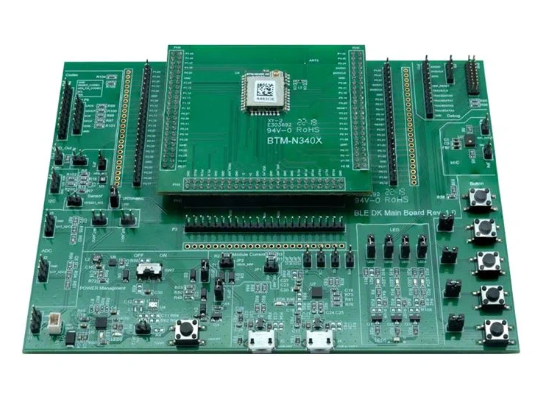
Nordic-powered module provides Bluetooth LE Audio connectivity for headphones, speakers & audio systems
Rayson Technology’s BTM-N340X employs nRF5340 SoC for LE Audio plus advanced metering and home automation applications Wireless communications company Rayson Technology has released a multiprotocol module based on Nordic Semiconductor’s nRF5340 System-on-Chip (SoC)....
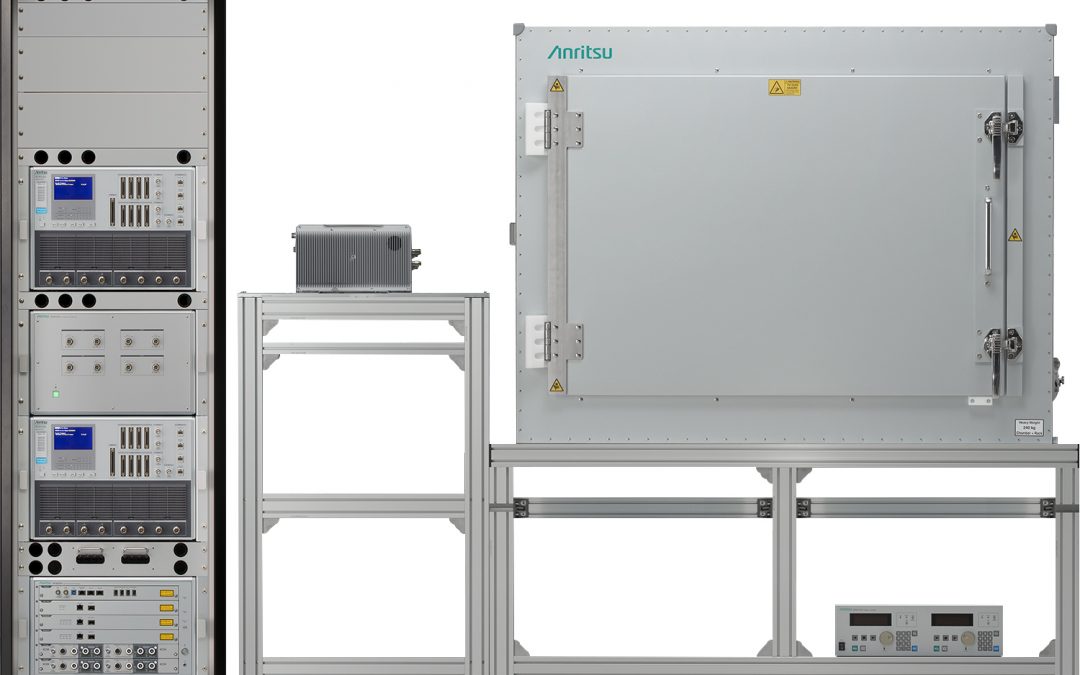
Anritsu, Sony Semiconductor validate industry first Non-Terrestrial Network (NTN) NB-IoT testcase
First NTN NB-IoT Protocol Conformance Tests for have been validated on the 5G NR Mobile Test Device Platform Anritsu Corporation has announced that the first NTN NB-IoT Protocol Conformance Tests for has been validated on the 5G NR Mobile Device Test Platform ME7834NR...
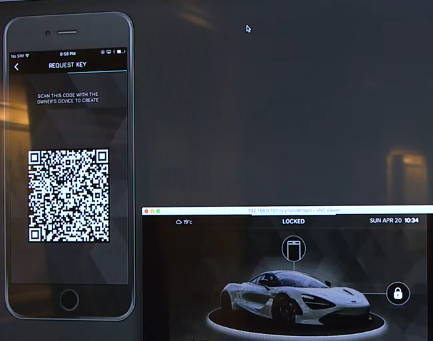
Ellisys Introduces Support for CCC Digital Key Technology
Protocol Updates Aid in Test, Validation, and Debug for Automotive and Consumer Electronics Developers and Test Labs Ellisys, a leading worldwide provider of Bluetooth®, Universal Serial Bus (USB), Ultra-Wideband, and Wi-Fi® protocol test and analysis solutions has...
Stay Up to Date With The Latest News & Updates
Our Sponsors
Incisor.TV partners with leading organisations in the technology sector.
Follow Us
And stay up to date with our news! We are active across the key social media platforms – please do follow us!

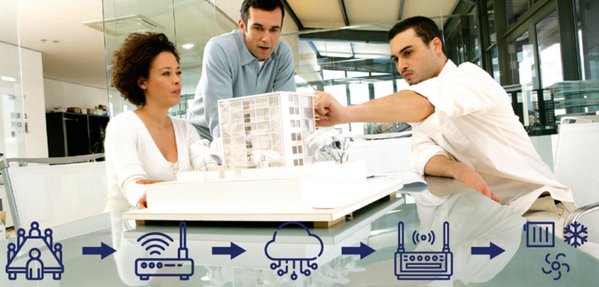

0 Comments